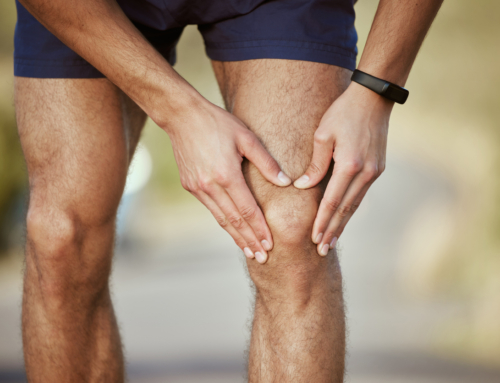In our first stretch article [Part I], we explored the basic concepts of stretching and how it affects you. We made it clear that it’s up to you to learn your own body’s strengths and limitations, and to focus your attention on what you’re feeling when you perform a particular stretch. Use your mind and your instincts when you’re stretching muscle tissue. Know when you’ve gone far enough, and continue to build your awareness of where you need more flexibility and where you’re already open.
Today we’ll discuss the most basic and widely used form of stretching: static stretching. Static stretching is called “passive” stretching, because you use an external force, like a bench, a wall or even a partner, to cause the muscle tissue to lengthen. This type of stretching involves reaching a comfortable, lengthened position for a muscle (or group of muscles) and holding the stretch for at least 30 seconds. Static stretching is considered low-risk because it’s performed in a controlled environment, and uses (ideally) low force.
A static stretch is most effective after an exercise session, when the muscles are really warmed up and more elastic. Static stretching before exercise can actually be harmful, because the muscle tissue can become less neurally active. As we discussed in the last stretch article, active stretching, where you move slowly through an increasing range of motion, is a much more effective warm-up.
Key points for static stretching:
*Pay attention to any differences in tightness from one side of your body to the other (for example, your right hamstrings and left hamstrings) and spend more time with the tighter side.
*Pay special attention to your body’s position when you’re stretching. Often we think we’re going deeper into a muscle tissue stretch, when we’re actually just tilting the pelvis or bending the back. Make sure your spine and joints are stable before you stretch the muscle around them!
*Use your breath to relax, and you can progress to holding the stretch from 30 seconds to several minutes.
*The goal is symmetry, freedom of movement around the joint, and strength through a full range of motion.
*Also, remember that sometimes your just resetting your muscles back to their orginal resting length.




